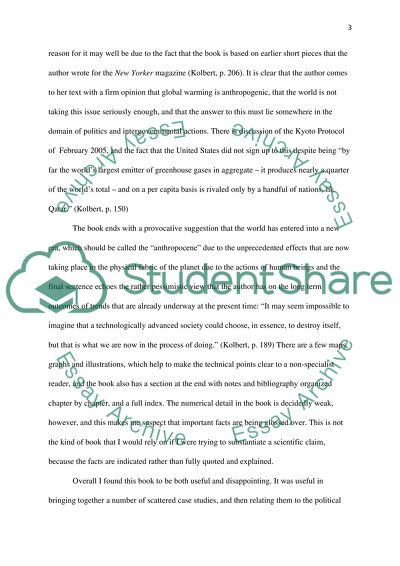Cite this document
(“Field Notes From A Catastrophe by Elizabeth Kolbert Essay”, n.d.)
Retrieved de https://studentshare.org/literature/1391189-book-reflection-very-very-important-paper
Retrieved de https://studentshare.org/literature/1391189-book-reflection-very-very-important-paper
(Field Notes From A Catastrophe by Elizabeth Kolbert Essay)
https://studentshare.org/literature/1391189-book-reflection-very-very-important-paper.
https://studentshare.org/literature/1391189-book-reflection-very-very-important-paper.
“Field Notes From A Catastrophe by Elizabeth Kolbert Essay”, n.d. https://studentshare.org/literature/1391189-book-reflection-very-very-important-paper.


